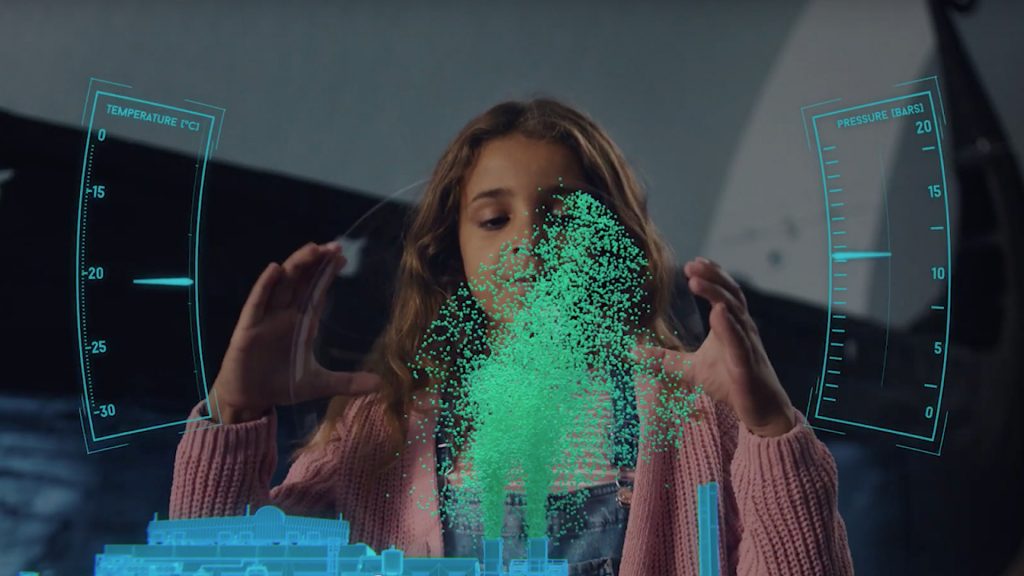LAUNCH – Lowering absorption process uncertainty, risks and costs by predicting and controlling amine degradation
Budget
16.5 MNOKCLIMIT Financing
65%Project number
619154Project partners
- • NTNU
- • SINTEF
- • BIOBE
Project leader
NTNUProject period
09/19-08/22Granted
13/06/2019LAUNCH was a three-year project aimed at accelerating the implementation of carbon dioxide (CO2) capture across the industry and enabling the development of novel solvents to support the widespread deployment of carbon capture, utilization, and storage (CCUS). The ERA-NET Accelerating CCS Technologies (ACT2) initiative co-funded the project.
The work in LAUNCH focused on solvent degradation behaviour and the effect of materials and process design and was divided into seven work packages:
WP1 Predicting degradation
WP2 Controlling degradation
WP3 Closing degradation knowledge gaps
WP4 Development of LAUNCH solvent qualification program
WP5 Demonstration of LAUNCH solvent qualification program
WP6 Techno-economic evaluation
WP0 Management, dissemination and exploitation
What was the project objective?
The primary goal of the LAUNCH project was to accelerate the implementation of CO2 capture across the energy and industry sectors by developing novel solvents and establishing a fast-track, cost-effective derisking mechanism to predict and control the degradation of capture solvents.
The secondary objectives were:
1) Developing strategies to control degradation, minimizing solvent loss and, therefore the environmental impacts of CO2 capture
2) Developing the ability to predict degradation of (novel) CO2 capture solvents
3) Developing and demonstrating the LAUNCH solvent qualification program.
What has the project done in terms of activities?
Several activities addressed the overall goals of the project. The Norwegian partners were involved in e.g., the development of rapid methods for solvent evaluation (focus on solvent degradation and emissions) and the development of technologies to minimize degradation (material development and testing).
What has the project achieved? Did the project achieve its objective?
LAUNCH contributed a lot to accelerating carbon capture implementation by working on the knowledge gaps in solvent degradation as in absorption-based post-combustion capture, solvent management and controlling solvent degradation are key issues. Better control of degradation leads to less emissions and smaller waste streams, which will make the environmental footprint of capture plants smaller, hopefully also leading to increased public acceptance.
Some specific highlights of the project:
• Setting up a database for the community to share large experimental solvent degradation data sets.
• Well-designed, small-scale rigs can have the same degradation profile as a larger plant, which is an enormous advantage in the derisking implementation of carbon capture (especially cost-wise).
• The project was part of the longest CESAR1 campaign with the same solvent ever in the world, generating unique and valuable data and knowledge about solvent management and degradation mitigation measures.
• LAUNCH work has improved the understanding of corrosion, foaming, volatility, and the impact of iron on solvents.
• The project built and operated the first-of-a-kind non-metal plant in the world.
• The project tested and further developed solvent degradation mitigation measures.
• The project published a design of a LAUNCH rig that can be used for derisking carbon capture implementation and developed the solvent qualification protocol.
All the results by the Norwegian partners will be published. Writing publications continue, but so far, the project has contributed to the following open-access publications:
• Høisæter, KK. Vevelstad, SJ., Braakhuis, L., Knuutila, HK. Impact of Solvent on the Thermal Stability of Amines. Ind. Eng. Chem. Res, 2022, https://doi.org/10.1021/acs.iecr.2c01934
• Vevelstad, SJ., Grimstvedt, A., Francois, M., Knuutila, HK., Haugen, G., Wiig, M., Vernstad, K. Chemical Stability and Characterization of Degradation Products of Blends of 1-(2-Hydroxyethyl)pyrrolidine and 3-Amino-1-propanol. Ind. Eng. Chem. Res 2022, https://doi.org/10.1021/acs.iecr.2c03068
• Buvik, V., Høisæter, KK., Vevelstad, SJ., Knuutila, HK. A review of degradation and emissions in post-combustion CO2 capture pilot plants. Int. J. Greenh. Gas Control, 2021, https://doi.org/10.1016/j.ijggc.2020.103246
• Høisæter, KK., Vevelstad, SJ., Braakhuis, L., Knuutila, HK. The Impact of the Solvent on the Thermal Stability of Amines. Ind. Eng. Chem. Res., 2022, https://doi.org/10.1021/acs.iecr.2c01934
Selected conference proceedings with Norwegian partners involved:
• Høisæter, KK., Buvik, V., Nordberg, A., Vevelstad, SJ., Grimstvedt, AM., Knuutila, HK. An Experimental Assessment on the Impact of Amine Concentration on the Oxidative Degradation of Amines. Proceedings of the 16th Greenhouse Gas Control Technologies Conference (GHGT-16) http://dx.doi.org/10.2139/ssrn.4286486
• Moser, P; Wiechers, G; Schmidt, S; Rochelle, GT; Knuutila, HK; Vevelstad, SJ; Monteiro, J; Gravestein, P; Figueiredo, RV.; Goetheer, E. Demonstrating solvent management technologies for an aqueous AMP/PZ solvent. Proceedings of the 15th Greenhouse Gas Control Technologies Conference., http://dx.doi.org/10.2139/ssrn.3812211
• Ros, J., Huizinga, A., Gravesteijn, P., Hermansen, J., Larsen, O., Engebretsen, T., Wiig, P-A., Pedersen Heer, JR., van Os, P., Garcia Moretz-Sohn Monteiro, J, Construction and Operation of a non-Metallic Pilot CO2 Capture Rig (December 8, 2022). Proceedings of the 16th Greenhouse Gas Control Technologies Conference (GHGT-16) http://dx.doi.org/10.2139/ssrn.4297087
• Francois, M.; Hartono, A.; Svendsen, HF; Hoff, KA; Knuutila, HK. Design and operation of water-wash sections to minimize MEA emissions. Proceedings of the 16th Greenhouse Gas Control Technologies Conference (GHGT-16), http://dx.doi.org/10.2139/ssrn.4282196
Future plans?
The understanding of degradation and experimental data from LAUNCH will be used in future projects and activities. Some examples are research projects like NCCS, MEDORA, SCOPE and AURORA projects. Degradation data in the developed database will be used in the future projects and student works and expanded with new degradation data.


